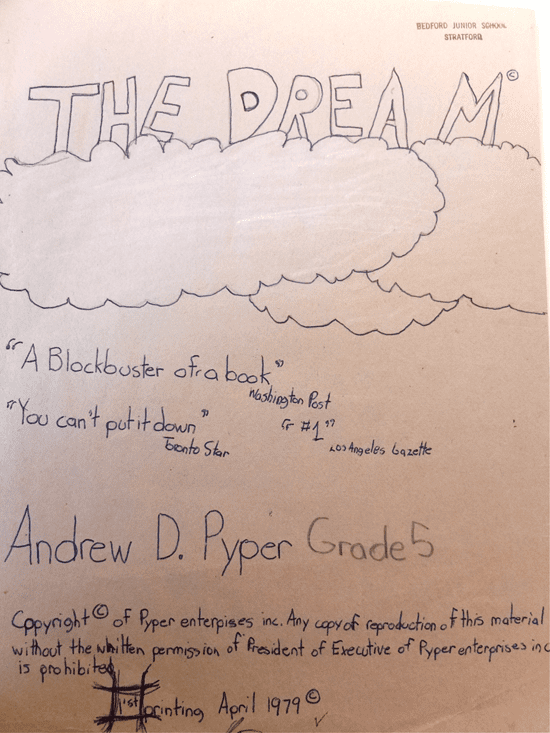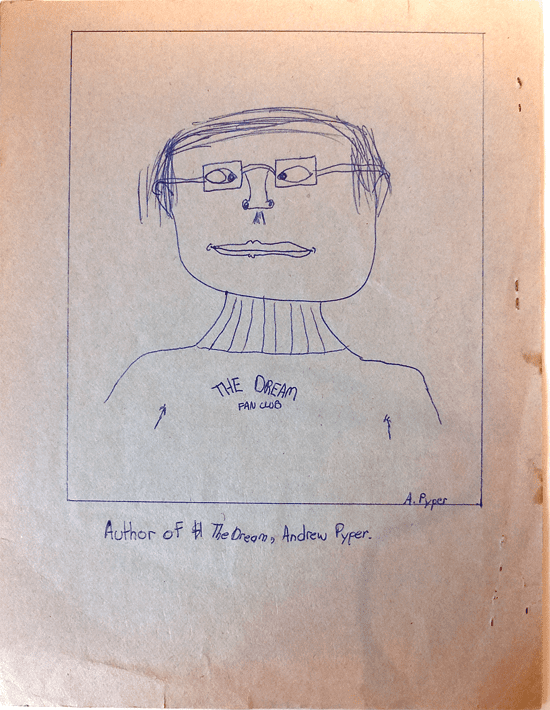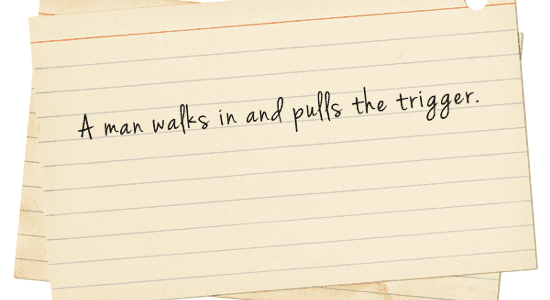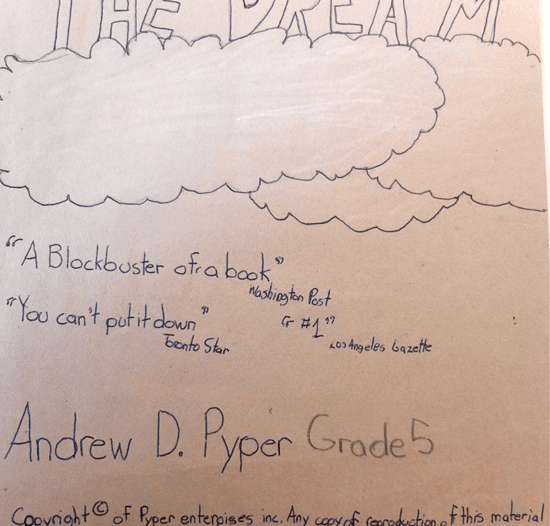Friends share news Friends share blues When needed Advice will be given to thee Turn that frown upside down They may say I’m here for you forever and always They may also say Friends share news Friends share blues When needed Advice will be given to thee Some advice may be horrible Terrible even But they only give you advice Because they truly care about you Friends share news Friends share blues When needed Advice will be given to thee Choose your friends carefully Choose which advice to listen to carefully Your mind, your life, your choice Listen to your heart and The right advice will be given to thee
Shorthand
Friendly
My community is friendly. Not friendly enough for everyone to welcome each other with open arms. Not friendly enough to prevent violence. Not friendly enough to become friends with everyone we see. A type of friendly where we can belong and feel at home. Can count on having some helping hands—friendly. Friendly enough to care for one another. It’s a community where we can all share smiles and not have much trouble being happy. My community is friendly.
A Star
a light of different sizes way up in the evening sky shining down on us, a sparkle in the dark night, it makes everyone wish upon it, coming out every night brighter than the first, amusing us with its beauty and making us wonder how much of them are there in all, it is a question that is always asked but can never be answered, this wonderful thing brings hope in our eye s and light in our dreams, it is one of the most amazing things that is out there, it is what we all call a— STAR!
Playing with Beginnings, Middles, and Ends
I have found that many writers—both those just starting out and those I feel ought to know better—are allergic to the very idea of outlines. The criticisms (or prejudices, as a good number of those who bash outlines have never tried them) tend to focus on the loss of spontaneity or sense of play that results from thinking too much about a writing project in advance.
My answer to them is that outline-making in itself is an opportunity for wild and boundless creativity. Far from straitjacketing the story to a “formula,” it allows you to conceive and re-conceive an idea without the penalty of wasting your time writing it out only to find your enthusiasm exhausted, caught in a dead end with no way out.
Outlines have many benefits I could trumpet, but for the purposes of this exercise, I will focus on only one: the order of things. Specifically, the way we arrange the events of a story will largely determine a reader’s level of engagement (and our own). Playing with beginnings, middles and ends is one way to build suspense, or create surprises, or deepen emotional involvement, where telling it in a straight chronological sequence might not.
The Exercise
Take an Idea for a Story. It could be a short story, a comic, an epic trilogy—the genre or length or form doesn’t matter. Now take the time to write out the beats of the story on index cards, each card limited to a single turn or pivotal scene or even smaller nuggets such as a joke or bit of dialogue you think is worthwhile. Don’t rush—really spill out all the thoughts and ideas the story needs, the sparks it inspires. Try to answer the question “What happens next? ” every time it arises, along with “How did we get here? ”
When you’ve drained out the entirety of your brain, spread the index cards out over a table and just scan them for a time. Then start putting them in order. That order doesn’t have to be in a chronological “start” to “finish”—indeed, it probably shouldn’t be. Order the beats and scenes in ways that feel right. Start in the middle. Start at the end. Reveal something a third of the way through that doesn’t make sense, but will make sense two-thirds of the way through. Tell the story backwards.
I’ll bet you’ll find that this exercise—which is really just one way to outline—is involving and useful and fun. You’ll find ways to jump right into the heart of your story that gets around a potentially dull set-up. The main thing is, it will help reveal your own priorities and preferences. Goofing with the order of things will make the story yours.
The Dream


Childhood artwork for a class assignment. Front and back covers for “The Dream.”
House of Mirrors
When I was five, and there wasn’t much left, my mother took me to the Perth County Fall Fair. There was a petting zoo. For a dollar, a donkey with a slumped spine and flies in its ass carried me around its sawdust pen. A German farmer shouted “Squeeze!” and pointed at his cow’s teats. I warmed a white, hyperventilating chickadee in my hands. A dung-toothed goat licked my face. On the midway (a K-Mart parking lot), there were three rides. They had names like yard-sale paperback mysteries: The Zipper, The Octopus, The House of Mirrors. The last one was a trailer truck full of shiny warped metal that made you fat, thin, multiple, and not there at all. My mother tried to win me a stuffed giraffe by tossing rings at Coke bottles. The man inside the booth looked like Jimmy Durante and spat blue hork in place of laughing. He kept his hand out and said, “Don’t let the little fella down!” My mother’s dirt-wrinkled elbow showed through a hole in her sweater, and she kept a cigarette in her mouth as the rings were thrown, bobbled, and rejected. At the end, with the last of the money my father had stuck under the ashtray before he left, she bought me a pair of plastic binoculars. Putting them to my eyes, I looked up at the darkening limestone sky and found the moon, a blue-veined headlight.





